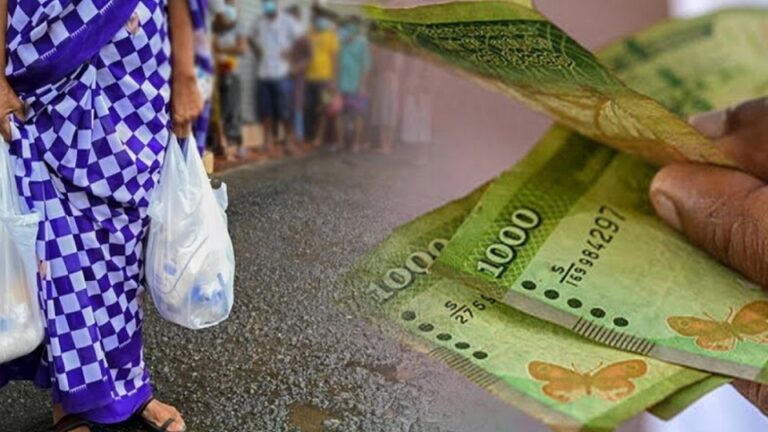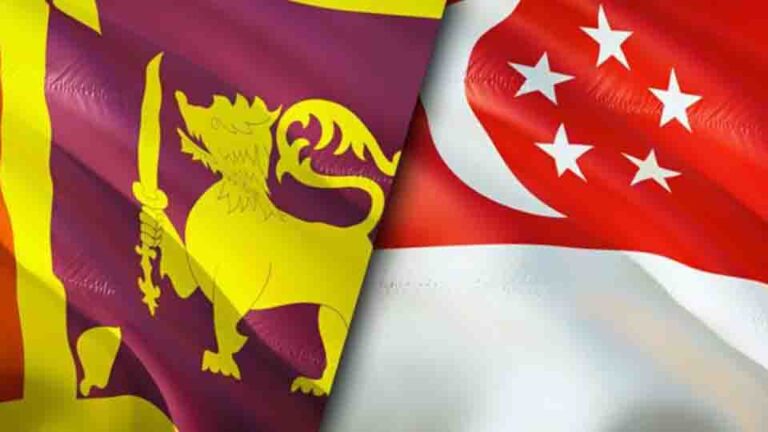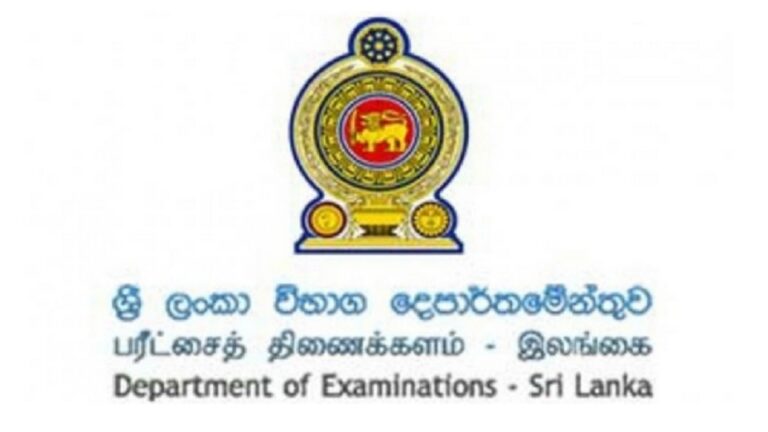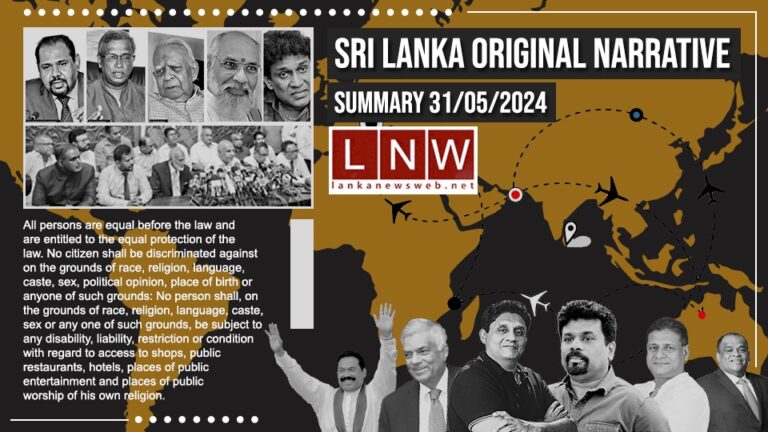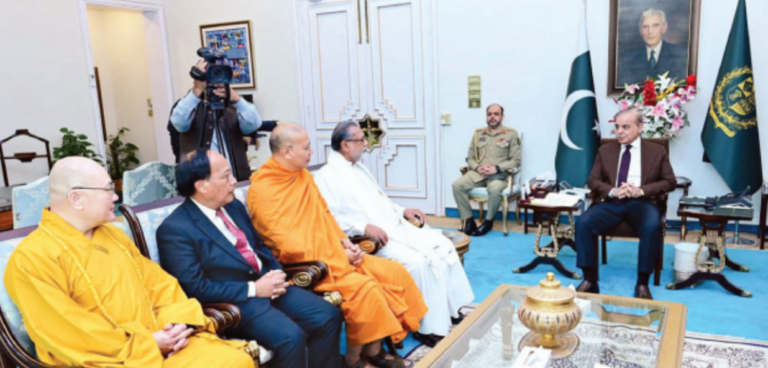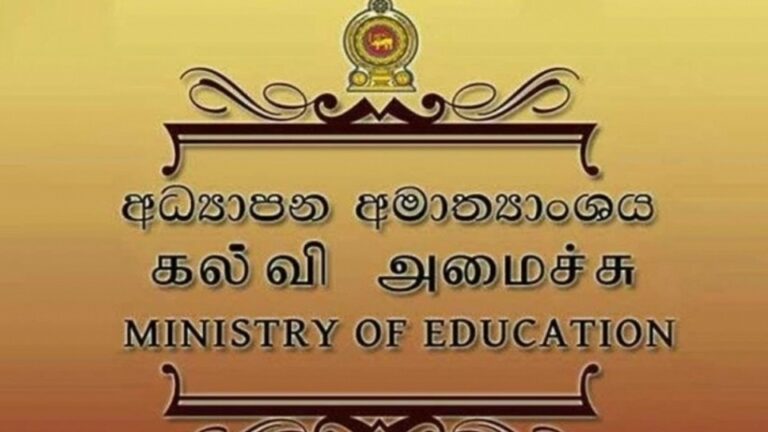May 31, Colombo (LNW): The Committee on Public Finance (CoPF) has directed the officials of the Welfare Benefits Board to prioritise the criteria that can be verified and determined in order to accurately identify poverty while selecting the “Aswesuma” beneficiaries.
Drawing examples, the committee pointed out that individual poverty can be identified better based on the electricity bill amount considering the electricity units consumed in each home, the Parliamentary Communications Department said in a statement.
The committee pointed out that there are major problems and lack of formality in the criteria used in the selection of “Aswesuma” beneficiaries, and advised them to rectify it as soon as possible.
The officials of the Ministry of Finance told the committee that they will change the method of giving points that is currently used in the selection of relief beneficiaries.
The matter was taken up for discussion when the Committee on Public Finance met in Parliament recently (28) under the chairmanship of Dr. Harsha de Silva, the statement mentioned.
Furthermore, the amendment to the regulations under section 27 of the Welfare Benefits Act No. 24 of 2002 published in the Extraordinary Gazette No. 2382/02 dated 29.04.2024 was considered before the Committee.
The members of the committee pointed out the way in which huge corruption and irregularities take place through the manual recording of data by those people while selecting the beneficiaries.
Accordingly, the Committee on Public Finance gave a recommendation to the Ministry of Finance officials to conduct the entire process from collecting necessary data to the selection of relief beneficiaries only via electronic means, it added.
Furthermore, the displeasure of the committee was expressed for not taking formal legal action for the irregularities that have arisen in relation to the selection of beneficiaries. The Committee pointed out that by not taking legal action, more and more corruption and irregularities will occur and it will create a serious obstacle for the right people to get the benefits.
Accordingly, the Committee Chair instructed the officials to investigate the complaints received and take necessary legal measures for the same.
Additionally, the order was reconsidered under Section 3 of the Port and Airport Development Tax Act No. 18 of 2011 published in the Extraordinary Gazette No. 2350-45 dated 21.9.2023. Milk powder prices and local milk powder market were discussed under this.
The Chair emphasized the importance of introducing a price formula for milk powder based on a scientific method. Accordingly, the Chair also instructed the officials to introduce the HHI (Herfindahl-Hirschman index) index, it added.


